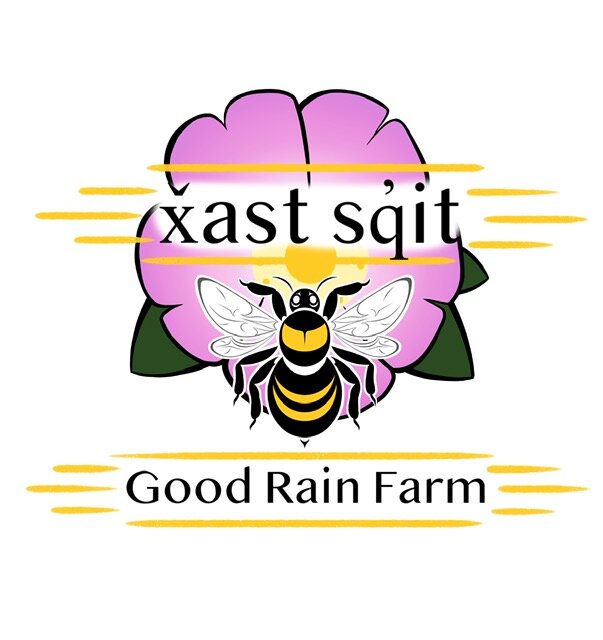
Coeur d’Argent (Silver Heart) Rabbitry
About
Farmer Michelle’s family is from Coeur d’Alene, Idaho. Coeur d’Alene, in French, means Heart of an Awl. The tribes in that area were well known amongst French fur traders as sharp business people, ‘sharp-hearted’ or ‘shrewd’. Michelle has both French fur trader and tribal business sense in her blood.
When researching Meat Rabbit breeds to raise, Farmer Michelle came across the Champagne d’Argent. Or the “Silver of Champagne.” A heritage breed that has been recognized since the 1600’s originating in the Champagne region of France. Some say it was raised by monks much earlier than that. The d’Argent have a finer bone structure than most breeds, a two toned ‘silver’ pelt and a body type that makes it an ideal dual meat and fur breed.
The name Coeur d’Argent (Silver Heart) refers to not only the rabbits and to the history of the tribes of Eastern Washington but to Michelle’s own family ancestry as well.
How We Care for our Rabbits
We raise our rabbits in both all wire cages (for their health) and in ‘rabbit tractors’ out on the pasture. Rabbit Tractors are moved daily for access to fresh grazing.
We feed our rabbits a combination of fresh pasture, excess produce from the farm, and complete Organic nutritional pellets from Modesto. They also receive plenty of hay harvested from our cover crops each year. In turn their droppings are composted for the best fertilizer we could dream of for the produce.
*Our Rabbit meat is sold whole at $10/Lb
Facts About Rabbit Meat
Rabbits are a very healthy meat option and are much more sustainable to raise than cattle or chickens. They have a feed ratio of 4 pounds of feed to 1 pound of meat. Much lower than that of beef cattle and comparable to chickens.
The amount of hay that is needed to feed all of Michelle’s rabbits for a year is only about one acre. In a year and a half, on 2 acres, Farmer Michelle is able to safely produce 576 lbs of rabbit meat from 4 does and six, slowly raised litters. Making raising rabbits softer on the land than their beef and chicken counterparts.
Furthermore, rabbit manure is low nitrogen, composts quickly and is great on vegetable beds. Which is a far cry from the standard feed lots fecal swamps that often leak into groundwater or overflow into nearby fresh streams and rivers.

